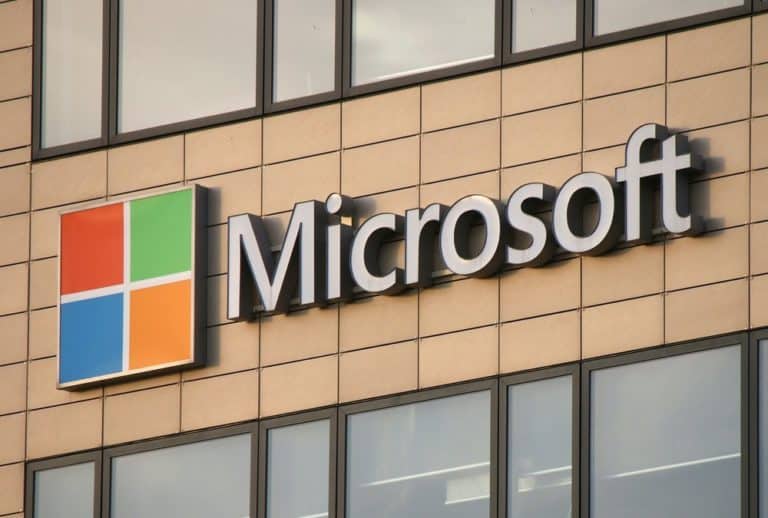Microsoft and Red Hat have started a new open source collaboration in the form of KEDA. KEDA needs to help developers deploy serverless, event-driven containers, reports TechCrunch. The tool was announced during a Microsoft developer conference.
KEDA stands for Kubernetes-based event-driven autoscaling. The tool allows users to build their own event-driven applications on top of Kubernetes. KEDA handles the triggers to respond to events happening in other services and scales workloads when possible.
KEDA works in any public or private cloud, and on premises. These include Azure Kubernetes Service and Red Hat’s OpenShift. With it, developers can now also grab Azure Functions, Microsoft’s serverless platform, and deploy them as a container in Kubernetes clusters, including on OpenShift.
The two companies launched jointly managed OpenShift solutions in the public cloud last year under Red Hat OpenShift on Azure. By doing so, the parties wanted to reduce the complexity of container management for customers. By using OpenShift, it is possible to move applications between on premise environments and Azure.
Hybrid architectures
Earlier this year, Red Hat announced the addition of a number of new features and support programs to its product portfolio for connecting applications, data and various integration applications. These solutions were built on the Red Hat OpenShift Container Platform for Kubernetes.
These include solutions in the Red Hat Integration solutions called Red Hat AMQ Online and Red Hat AMQ Streams. New connectors for Red Hat Fuse Online and end-to-end application programming interface lifecycle support were also added. According to the vendor, the solutions provide important integration and messaging capabilities with a cloud native toolchain to provide a unified overall experience, from design to development, deployment and management.
This news article was automatically translated from Dutch to give Techzine.eu a head start. All news articles after September 1, 2019 are written in native English and NOT translated. All our background stories are written in native English as well. For more information read our launch article.